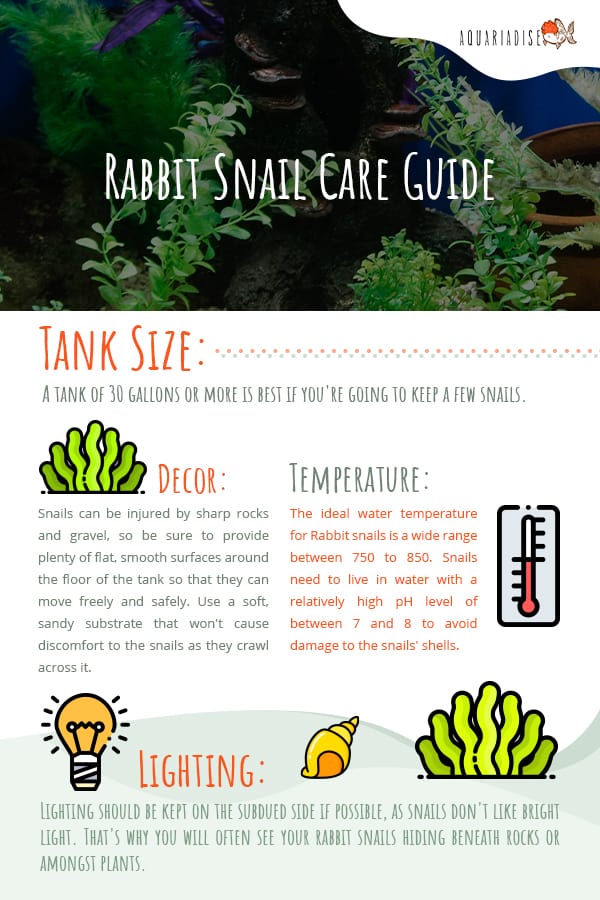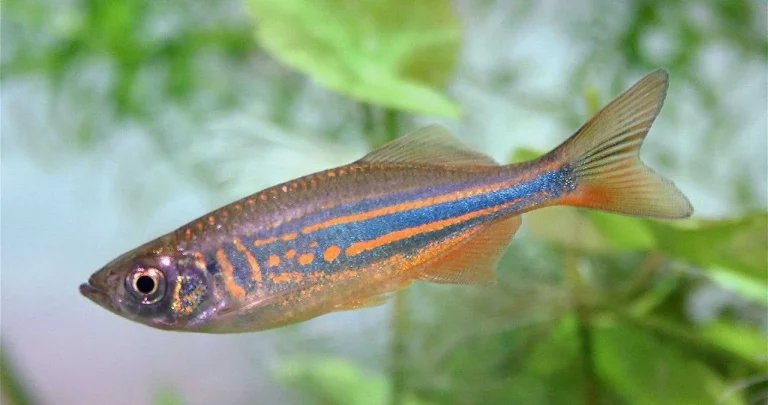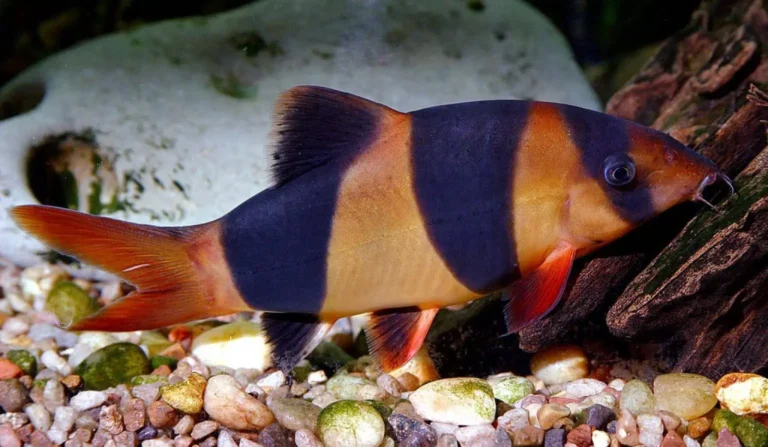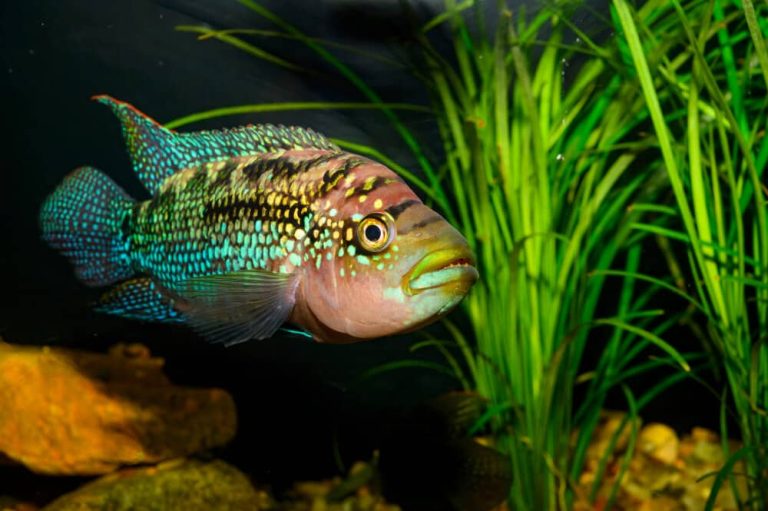Rabbit Snail Not Moving
Rabbit Snail Not Moving: What Could Be Wrong?
Are you worried because your rabbit snail is not moving? Has it been staying in one spot for a long time, refusing to budge? As a responsible pet owner, it’s natural to be concerned when your snail shows signs of distress or unusual behavior. In this article, we will explore the possible reasons behind a rabbit snail’s lack of movement and discuss how you can help them regain their active and healthy lifestyle.
Rabbit snails, also known as Tylomelania spp., are fascinating creatures that can add beauty and diversity to your aquarium. They come in different colors and patterns, and their unique elongated appearance makes them a sought-after species for many aquarists. However, like any other living organism, rabbit snails can experience health issues or exhibit unusual behavior. Let’s delve into the possible causes of your snail’s immobility and find solutions to help them get back on track.
Possible Reasons for a Rabbit Snail Not Moving
1. Stress and Environmental Factors
Rabbit snails are sensitive to changes in their environment. If there have been recent alterations to their tank, such as fluctuating water parameters, sudden temperature changes, or excessive noise or disturbances, these factors could be stressing out your snail. As a result, they may hunker down in one spot to seek refuge and safety. Additionally, poor water conditions or inadequate oxygen levels can also cause stress, leading to a snail’s lack of movement.
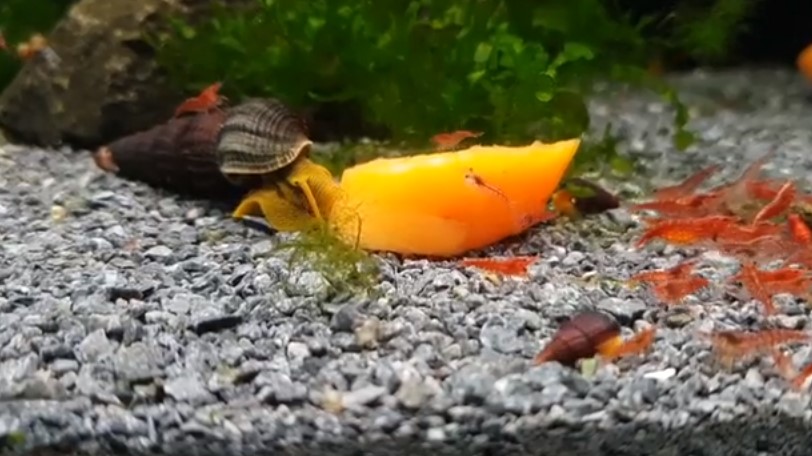
2. Reproductive Behavior
Rabbit snails are known for their relatively sluggish movements, especially during certain stages of their reproductive cycle. If your snail is a female, she may be carrying eggs or going through a reproductive cycle, which can cause temporary inactivity. During this time, it’s normal for a rabbit snail to bury itself in the substrate or find a secluded area to lay its eggs. So, if you notice your snail stationary for an extended period, it could simply be a natural part of their reproductive cycle.
3. Illness or Injury
Like any living creature, rabbit snails can fall ill or sustain injuries. A sick or injured snail may display reduced activity or become completely immobile. Common health issues in snails include bacterial and fungal infections, parasitic infestations, shell damage, or organ failure. Therefore, if your snail’s lack of movement is accompanied by other signs of distress, such as loss of appetite, unusual discoloration, or visible physical damage, it’s crucial to investigate further and seek appropriate veterinary care if needed.
What Can You Do to Help Your Rabbit Snail?
Now that you have a better understanding of the potential reasons behind your rabbit snail’s immobility, you’re probably wondering what steps you can take to assist your little friend. Here are some practical tips to encourage your snail to become active and healthy once again:
1. Ensure Optimal Water Quality
Maintaining clean and stable water conditions is vital for the overall health and well-being of your rabbit snail. Test the water parameters regularly and make necessary adjustments to keep ammonia, nitrites, and nitrates at appropriate levels. Also, ensure the water temperature and pH remain within the optimal range for your snail species.
2. Create a Stress-Free Environment
Minimize disruptions and provide a calm and peaceful habitat for your snail. Avoid sudden loud noises, excessive handling, or moving their tank frequently. Consider adding some live plants and hiding spots to create a sense of security for your snail.
3. Offer a Balanced Diet
Provide a diverse and nutritious diet to promote your rabbit snail’s overall health. Snails primarily feed on algae, biofilm, and decaying organic matter in the wild. So, make sure to offer them a variety of sinking pellets, blanched vegetables, and occasional treats like calcium-rich foods or pieces of cuttlebone.
4. Observe and Monitor their Behavior
Keep a close eye on your snail’s activity levels and behavior. If you notice any changes or prolonged immobility, it’s essential to take immediate action. Document any accompanying symptoms or changes in appearance to provide accurate information to a veterinarian if professional help is required.
Frequently Asked Questions
1. How long can a rabbit snail stay immobile?
The duration of a rabbit snail’s immobility can vary depending on the reason behind it. If it’s part of their natural reproductive behavior, they may remain stationary for a few days or even weeks. However, if they are experiencing stress or illness, the immobility can persist until the underlying issue is resolved or treated.
2. Can a rabbit snail die from not moving?
Yes, if a rabbit snail’s lack of movement is due to a severe illness or injury, it can eventually lead to their demise. It’s crucial to address the underlying cause and provide appropriate care to prevent further deterioration of their health.
Final Thoughts
Seeing your rabbit snail not moving can be concerning, but by understanding the potential causes and taking appropriate action, you can help your snail regain their vitality and well-being. Remember to provide a comfortable and stress-free environment, maintain optimal water quality, offer a varied diet, and seek veterinary advice if necessary. With proper care, your rabbit snail will soon be back on the move, adding charm to your aquarium once again.
Remember to always consult an experienced veterinarian or aquatic specialist for specific guidance tailored to your rabbit snail’s needs. With patience and care, you can provide a healthy and thriving environment for your rabbit snail to flourish. So, don’t panic if your snail seems immobile; instead, take proactive steps to address the issue and ensure the well-being of your aquatic companion.
